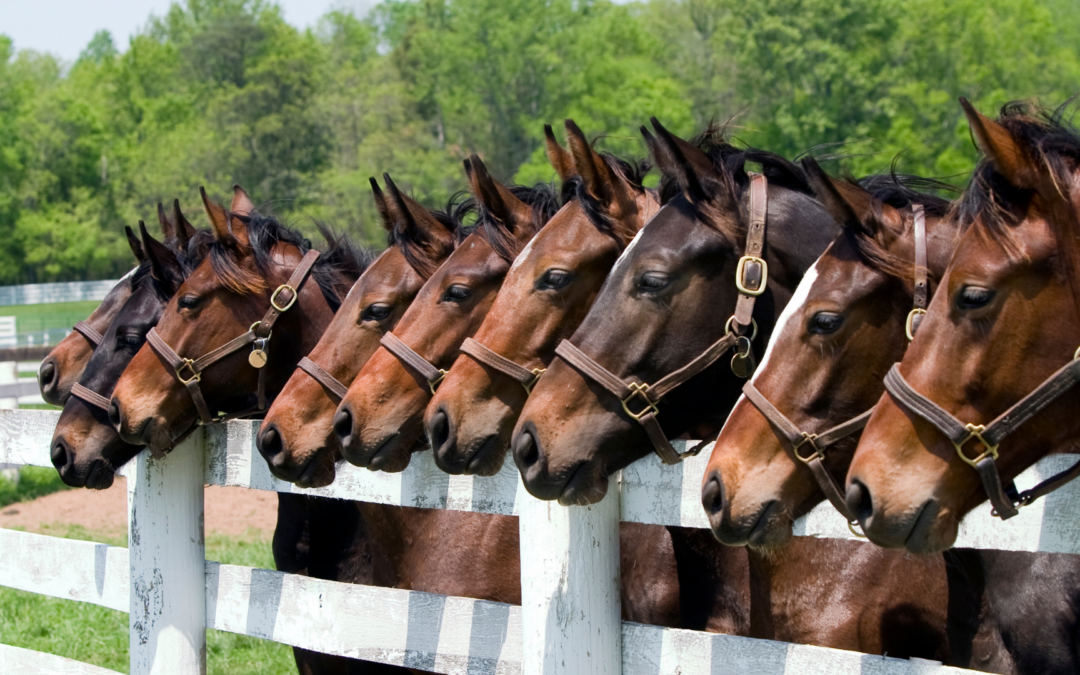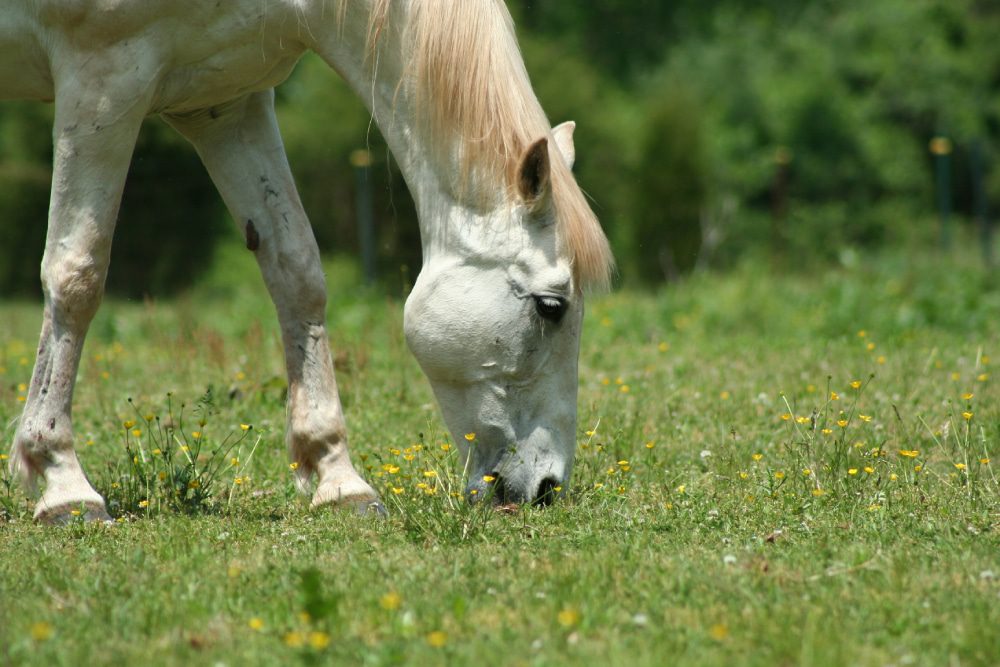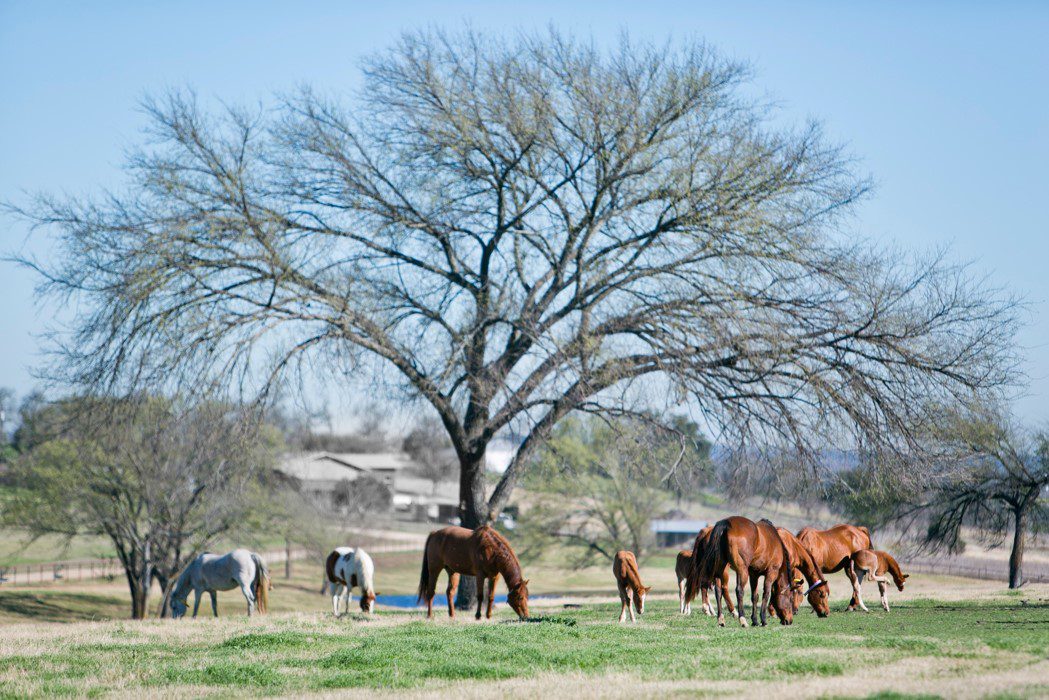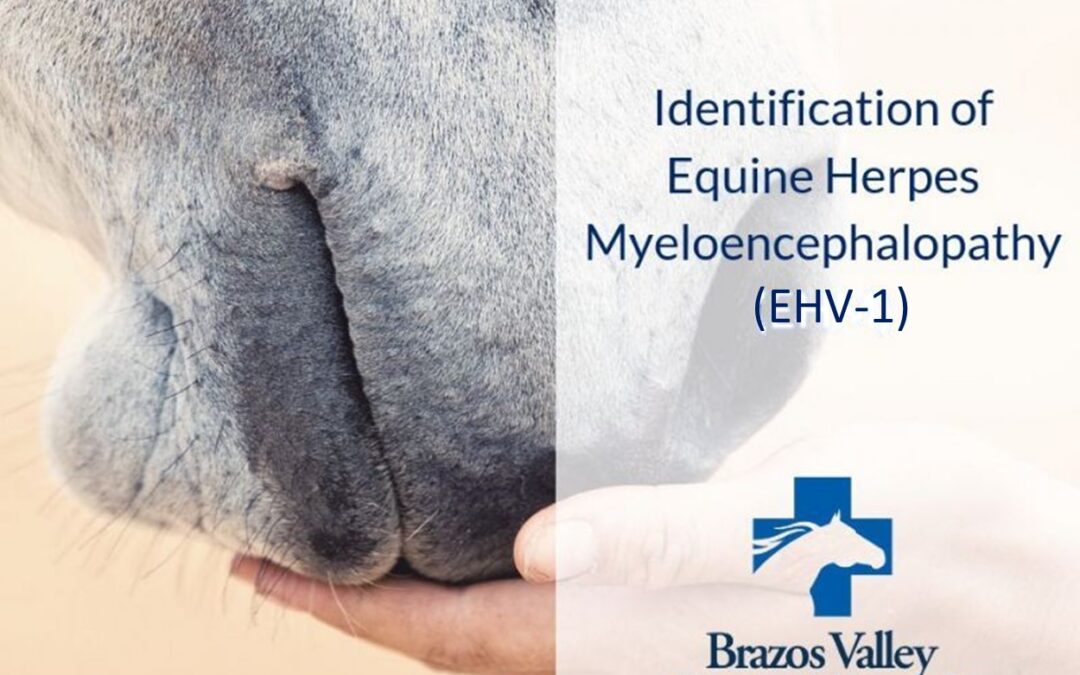Education
Understanding Vesicular Stomatitis in Cypress Horses
Vesicular Stomatitis (VS) is a viral disease that poses a significant threat to equine health, characterized by painful lesions and ulcers primarily affecting the mouth and lips of horses. This disease, although not typically fatal, can lead to severe discomfort and secondary complications if not promptly managed. Beyond the
Sports Medicine for Peak Performance in Salado, Texas
Salado, Texas, is a haven for outdoor enthusiasts and their furry companions. From exploring scenic trails to participating in agility competitions, active pets are a common sight. While exercise offers numerous benefits for our pets’ physical and mental well-being, pushing their limits can sometimes lead to injuries. This is
Recognizing and Treating Common Equine Eye Health Problems
Equine eye health is an often-overlooked aspect of horse care, yet it plays a vital role in maintaining your horse’s overall well-being and performance. At Brazos Valley Equine Hospitals, we understand that early detection and timely treatment of eye conditions can prevent severe complications and ensure your horse remains
Recognizing Signs of Equine Colic
Every horse owner knows the sinking feeling that comes with witnessing their beloved equine companion in distress. Colic, a general term for abdominal pain in horses, is a frighteningly common occurrence that can range from mild discomfort to a life-threatening emergency. Due to the complex nature of a horse’s
Cypress Horse Injury Recovery: Cutting-Edge Therapies for Peak Performance
Cypress, Texas, is a breeding ground for equine excellence. From the grace of dressage to the thunder of hooves on the racetrack, these magnificent animals are a source of pride and competition in the region. But even the most talented equine athletes are susceptible to injuries. The demanding nature
Understanding Equine Emergencies: When to Call Brazos Valley Equine Hospitals
Our horses are magnificent companions, offering us joy, leisure, and a powerful connection with the natural world. But just like any other beloved creature, they can experience unexpected health crises. These emergencies can be frightening and confusing for horse owners, leaving them unsure about the best course of action. Recognizing…
Keeping Your Equine Athlete in Top Shape: Sports Medicine for Peak Performance
Horses are incredible animals, capable of remarkable athletic feats across various equestrian disciplines. However, just like human athletes, they are susceptible to injuries that can hinder their training and competition. The good news is that advancements in equine sports medicine offer a valuable resource for horse owners and trainers.
Navasota 2024 Updates
Happy New Year! At Brazos Valley Equine Hospitals – Navasota, we are excited to have the last few years behind us and see many of your faces walkthrough our hospital again. As we look forward to 2024, we have some exciting key developments happening we want to share withyou. Please…
Non Sweater 2023 – Benjamin R Buchanan, DVM
By: Ben Buchanan, DVM Diplomate American College of Veterinary Internal Medicine Diplomate American College of Emergency and Critical Care Brazos Valley Equine Hospital Navasota, Texas -June 2023 The last several weeks at Brazos Valley Equine Hospital – Navasota has seen an increase in horses presenting for evaluation of clinical signs…
A Review of Equine Herpes Myeloencephalopathy (EHV-1)
By: Benjamin R Buchanan, DVM Identification of Equine Herpes Myeloencephalopathy (EHM) (neurological form of herpes virus infection) occurs across the country every year. Occasionally clusters or outbreaks are identified. The most concerning outbreaks for the horse industry are those which occur in large shows with horses from many states and/or…
Search
Recent Posts

Understanding Vesicular Stomatitis in Cypress Horses
Vesicular Stomatitis (VS) is a viral disease that poses a significant threat to equine health, characterized by painful lesions and ulcers primarily affecting the mouth and lips of horses. This disease, although not typically fatal, can lead to severe discomfort and...









